Elizabeth Ponte
TPE Materials ConsultantRecent Posts
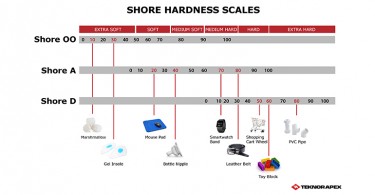
Shore Hardness and Soft TPEs
What is Shore Hardness and how is it measured? Shore Hardness is measured using a durometer gauge, which uses a spring loaded steel rod to compress the surface of the sample and provide a reading. Download this Shore Hardness Chart for a quick reference guide and comparison of scales.
Read More
5 Reasons I'm Excited About Our New Online Materials Lab
After many months of preparation, we formally launched the Teknor Apex Materials Lab. This web page was created to be an online TPE materials resource for industrial designers and product engineers. Here are six things I'm proud of.
Read More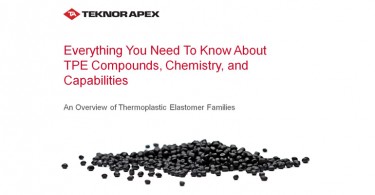
TPE Alphabet Soup: TPO, TPV, SBC, TPU, COPE, COPA
Perhaps you know TPEs. But did you know that there are actually six distinct TPE chemical families? The right chemistry depends on the application, and the design goals. What’s more, with the right knowledge, teams can design to the advantages of a Styrenic Block Copolymer Compound (SBC or TPE-S) or a Polyolefinic Rubber Blend (TPO or TPE-O) or a Thermoplastic Vulcanizate (TPV or TPV-V).
Read More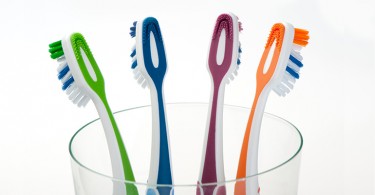
Everything I Know about TPEs I Learned from the Toothbrush
Human factors are a big reason why designers love TPEs. Human factors is defined as the study of how people interact physically and psychologically with their environment, products and services. When it comes to human factors or ergonomics, TPEs have had a tremendous impact on everything from power tools to surgical instruments, adding new functionality to hand-held products in addition to their hallmark soft-touch grip.
Read More
Top Ten Surprising - and Totally Appropriate - Applications for TPEs
Our design and product partners come to us with great requests. Because of the incredible range of design-friendly, high-performance thermoplastic elastomer compounds (TPEs) we offer, we are able to put TPEs to work for their products in some pretty innovative – and probably surprising – ways. To inspire you, here’s a collection of some of the best applications of TPEs that have come through our lab recently.
Read More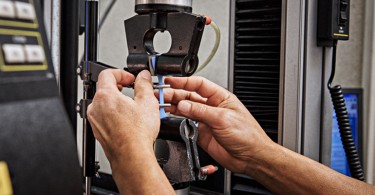
Choose the Right TPE – The 7 Essential Considerations
New TPEs are developed on a daily basis, for many reasons: new polymer technologies offered by our suppliers, evolving consumer preferences, or the newest government regulation. Depending on your application or end-use environment, you may already know if you need an SBC compound versus a TPV, but how do you choose the right grade?
Read More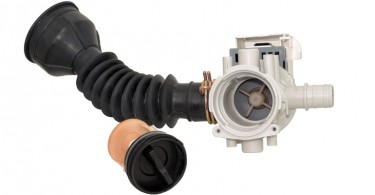
White Goods: Workhorse Appliances Need Specialty TPEs
Consider the performance requirements of your household appliances: safety for food contact, or resistance to household chemicals, tolerance to freezing temperatures or high heat. New specialty TPEs are now available, tailored for the unique demands of household appliances: washing machines, dryers, dishwashers, refrigerators.
Read More